Spain is in fact the third country within the European Union with the most variety of cheeses, just behind France and Italy. There are currently 26 kinds of cheese throughout the country which are certified as denominaciones de origen protegidas or Protected Domination of Origin cheeses (DOPs).
You’ll find DOP cheeses in 13 regions across the country from Galicia to Murcia and even in the Balearic and Canary Islands. Here’s our guide to all the DOP Spanish cheeses so you can be better informed next time you browse the queso aisle at the market.
Galicia
Tetilla cheese – The most famous of the Galician cheeses is Tetilla, known for its unique shape which resembles a breast, hence the name. It’s made from cow’s milk and is both light and soft with a salty and mild taste.

Arzúa–Ulloa – This cow’s milk cheese means ‘cheese from the land’ and is both pale and soft and creamy. It’s often eaten as a dessert cheese and is also great for melting.
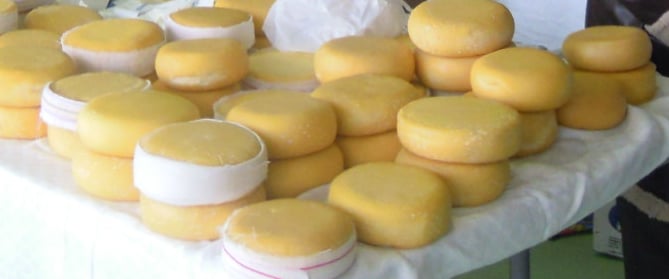
San Simón da Costa – This smoked cheese is made from pasteurised cow’s milk and is made in the area of Lugo. It’s known for its iconic tear-drop shape and is semi-hard with a buttery and woody texture.

Cebreiro cheese – This soft white cheese is made from the milk of Galician blonde cows, as well as the Alpine brown variety. It has a bulging mushroom shape and can be aged for up to 45 days. It has a milky, yet slightly spicy flavour.
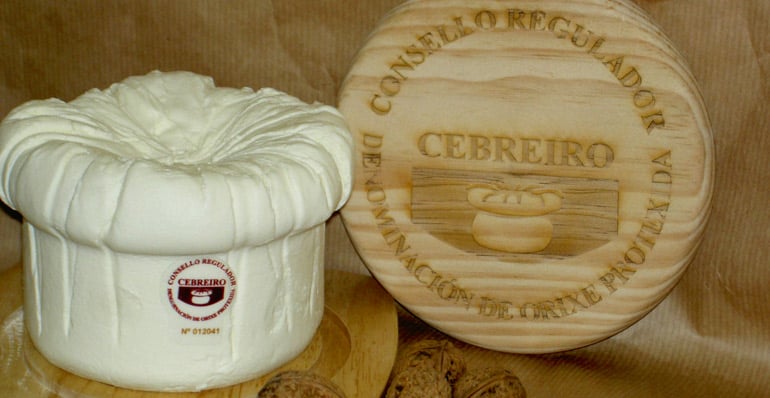
Asturias
Cabrales – The most well-known of Asturian cheeses is Cabrales, a blue cheese which can either be made from unpasteurised cow’s milk or mixed with sheep or goat milk. It’s semi-hard but has a creamy texture with a sharp acidic taste. It’s often used for melting into sauces or made into croquetas.
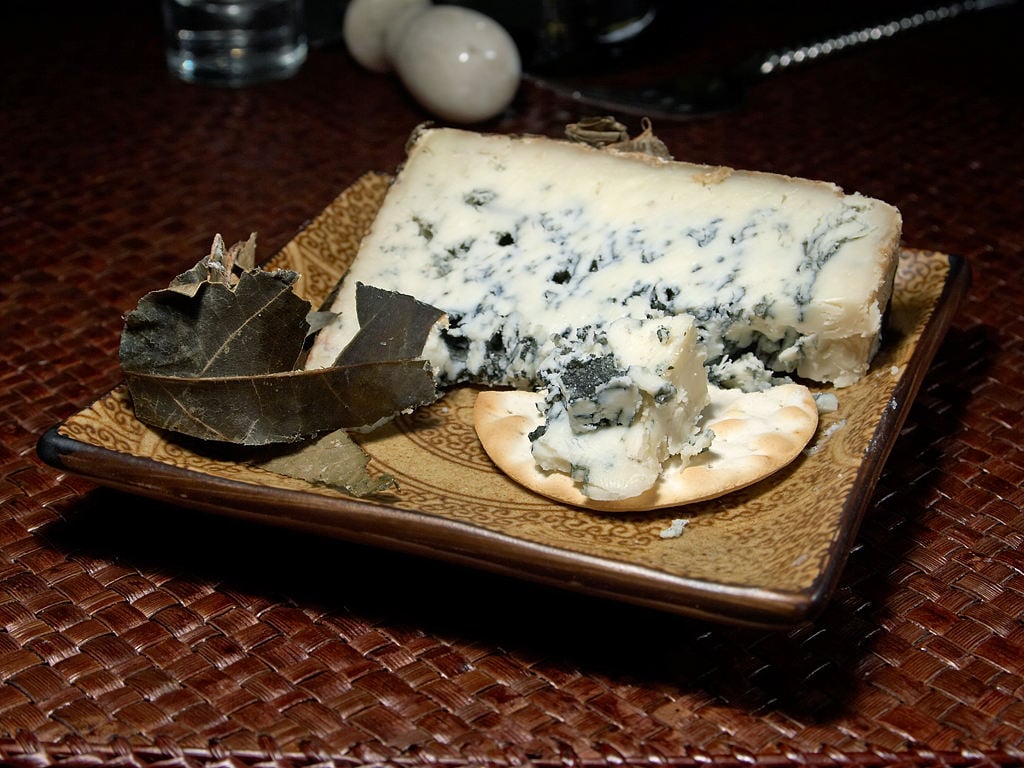
Gamonéu – Gamonéu or Gamonedo cheese as it’s sometimes referred to is a fatty blue cheese from Asturias. It has a slightly smoky flavour and is made from a combination of cow, sheep and goat milk. There are two different varieties – Gamonéu del Puertu, which is hard and Gamonéu del Valle, which is rich and creamy.

Los Beyos – This cheese is typically produced in the Picos de Europa mountain range and is a hard or semi-hard cheese made from either cow, sheep or goat milk which is matured over 20 to 60 days. Its flavours include grass and herbs with a tangy aftertaste.
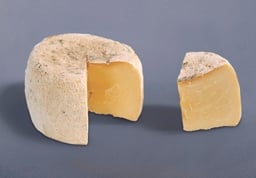
Afuega’l pitu – Made from unpasteurised cow’s milk, this is one of the oldest cheeses in Asturias, whose origin can be traced all the way back to the 18th century. It has a creamy, acidic flavour with a yellowish-white rind or sometimes orange if paprika is added.
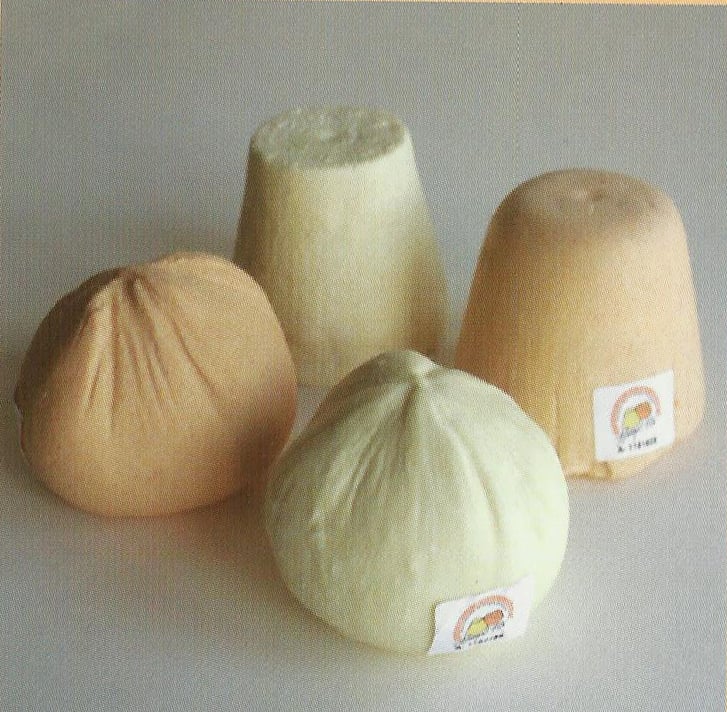
Casín – A full cream cheese made from unpasteurised cow’s milk, this cheese is made in a unique way by kneading the curds. It smells of cured butter and has a slightly spicy and bitter taste.
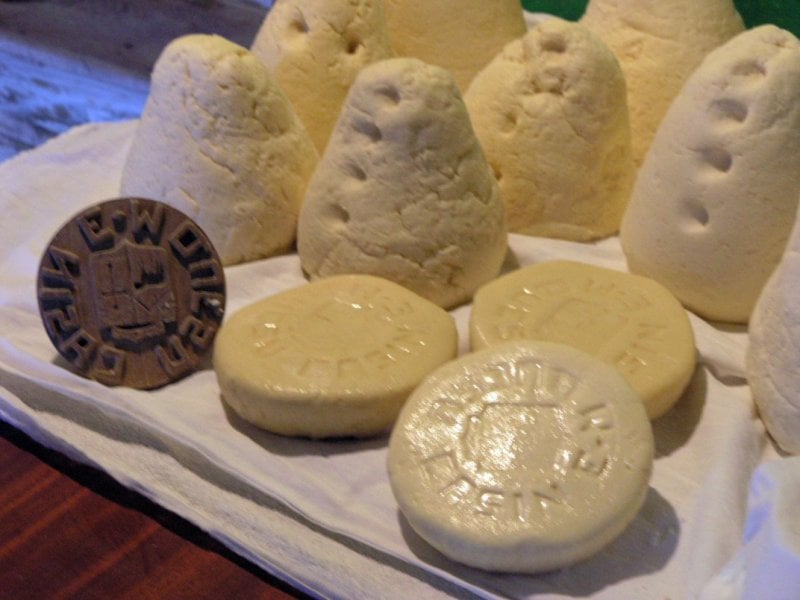
Cantabria
Nata de Cantabria – A soft cream cheese, it’s made from Fresian cow’s milk in Cantabria. It’s both light and mild and is often eaten for dessert or used for melting.
Picón Bejes–Tresviso – This unique blue cheese is made with raw cow, sheep and goat milk and has a strong intense flavour. It’s matured in caves found in Liébana region for a minimum of two months.
![]()
Catalunya
Alt Urgell y la Cerdanya – Produced in the eastern Pyrenees, it was invented at the beginning of the 20th century and is made from pasteurised milk from Fresian cows, which is matured for one month. It is creamy and sweet with a mild flavour.
Basque Country
Idiazabal – The Basque Country’s most famous cheese can be found used in dishes all over the region, from risottos to desserts. It’s made from unpasteurised sheep’s milk from Latxa and Carranzana sheep. It’s an aged cheese with a very slightly smoky flavour.
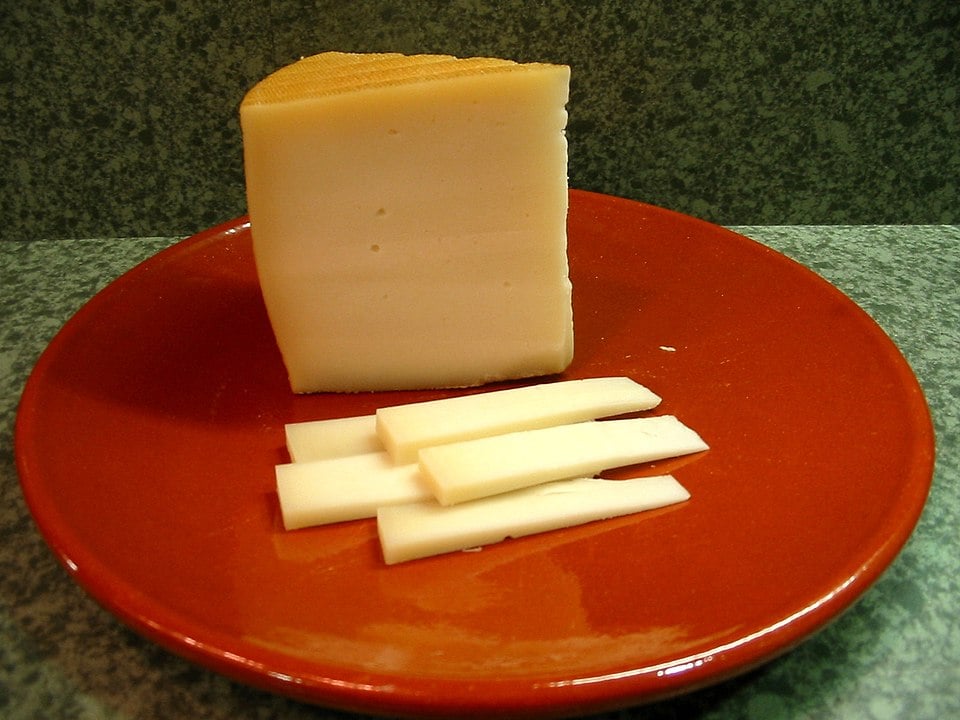
La Rioja
Camerano – Produced in the Sierra de Cameros in La Rioja, this cheese has been made in the region for over 700 years. It’s made from goat’s milk and is aged over 75 days, giving it an aromatic and earthy flavour.
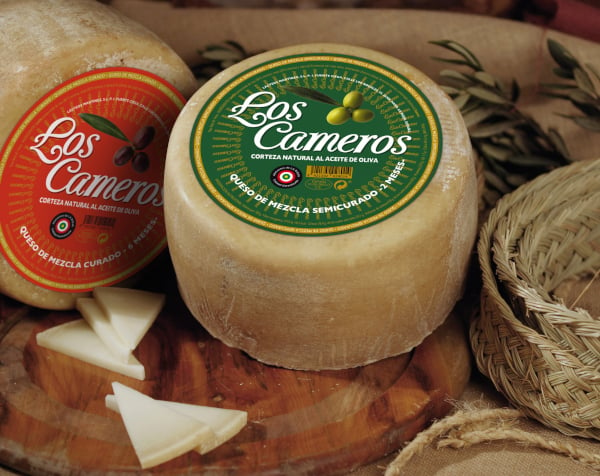
Navarra
Roncal – Made in the Roncal Valley, it was the first of the Spanish cheeses to gain DOP-protected status. It’s made using raw sheep cheese from the Rasa and Lacha breeds and is aged for six months. It has a velvety smooth texture and is covered with veins of blue mould.
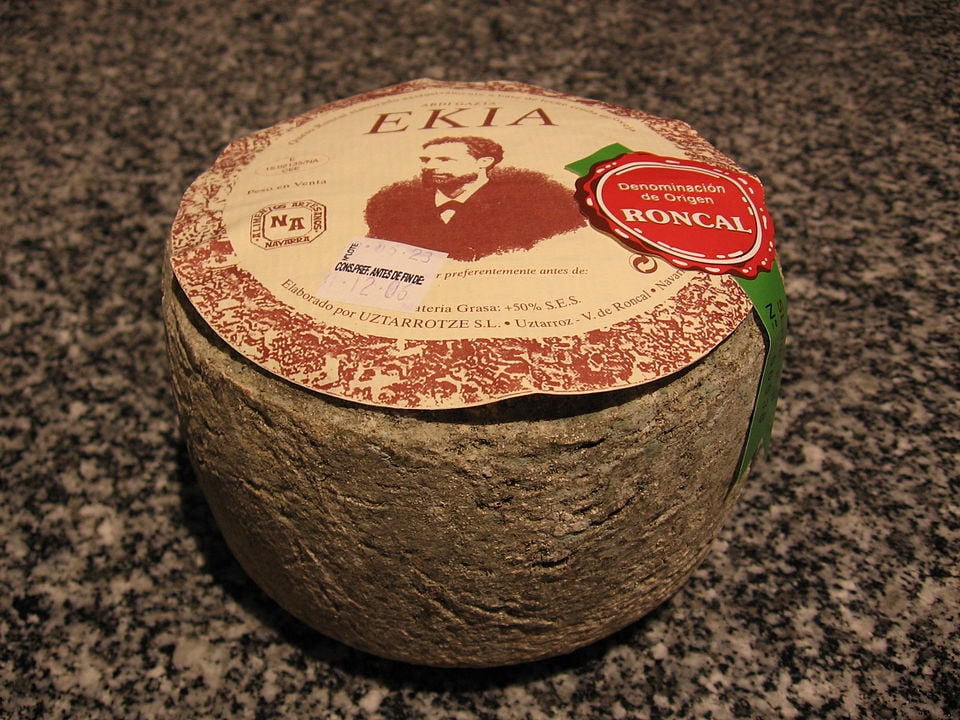
Castilla-La Mancha
Manchego – Perhaps the most famous of all Spanish cheese is Manchego, hailing from the region of Castilla-La Mancha. It’s a hard cheese made from Manchego sheep milk and is aged between 60 days and two years. It has a slightly nutty and tangy flavour and you can often find it served by the slice on its own on tapas menus.
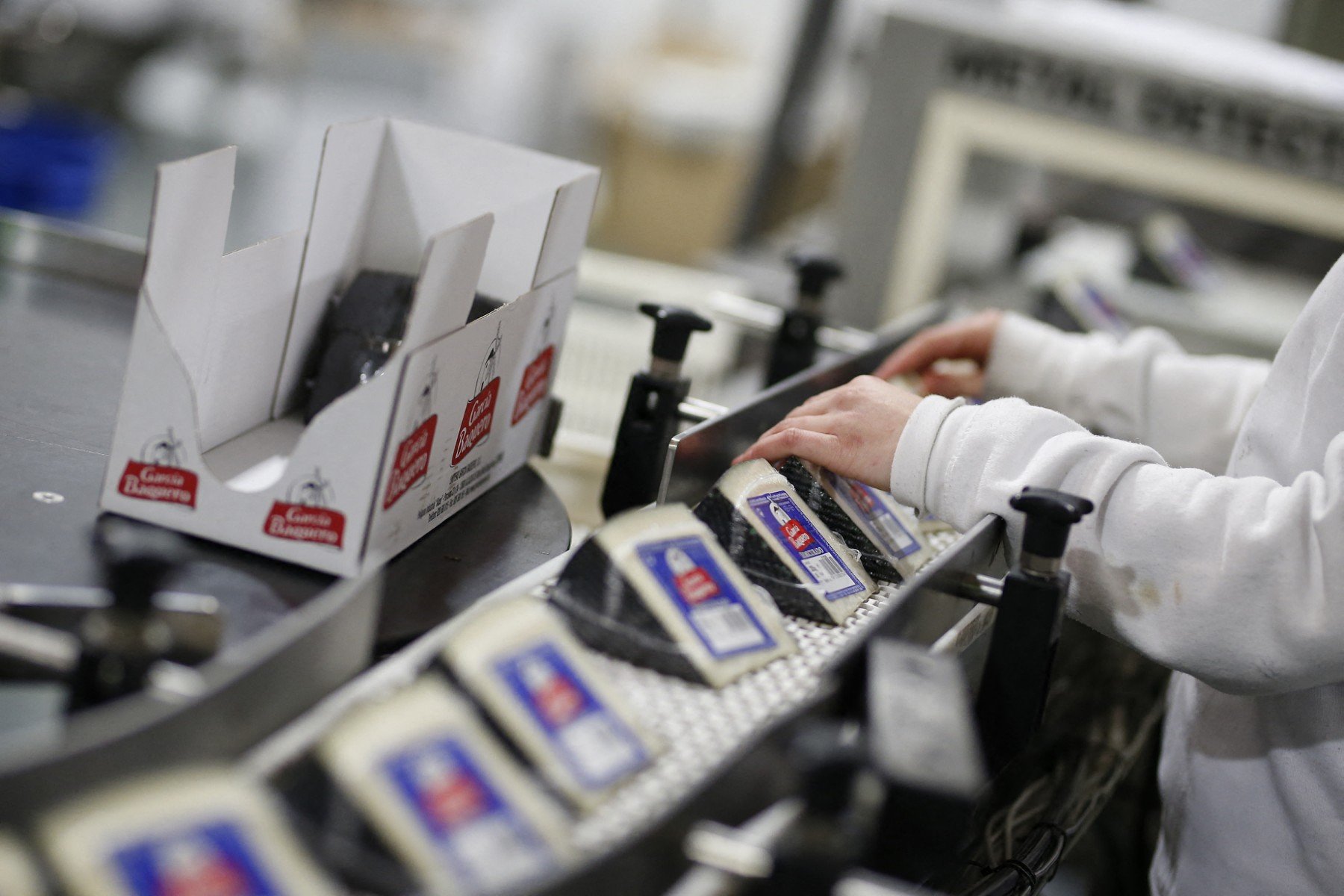
Castilla y León
Zamorano – This sheep’s cheese is made in the province of Zamora and is a hard cheese which takes six months to mature. It’s similar to Castellano or Manchego cheese with a nutty flavour and crumbly texture.

Valdeón – This blue cheese from León is made in the northeast of the province and is made from either cow or sheep milk or a mixture of both. It’s often wrapped in sycamore maple or chestnut leaves before being sold.

Castellano – Similar in flavour and texture to the famous Manchego, this is a sheep’s milk cheese is rich, as well as crumbly and dry. It is aged for six months and has notes of butterscotch and nuts.
Extremadura
Ibores – Made from unpasteurised goat’s milk this rich cheese is aged for two months and is treated with smoked paprika and olive oil during the ageing process. It’s made in Extremdura, however, is loved throughout the country.
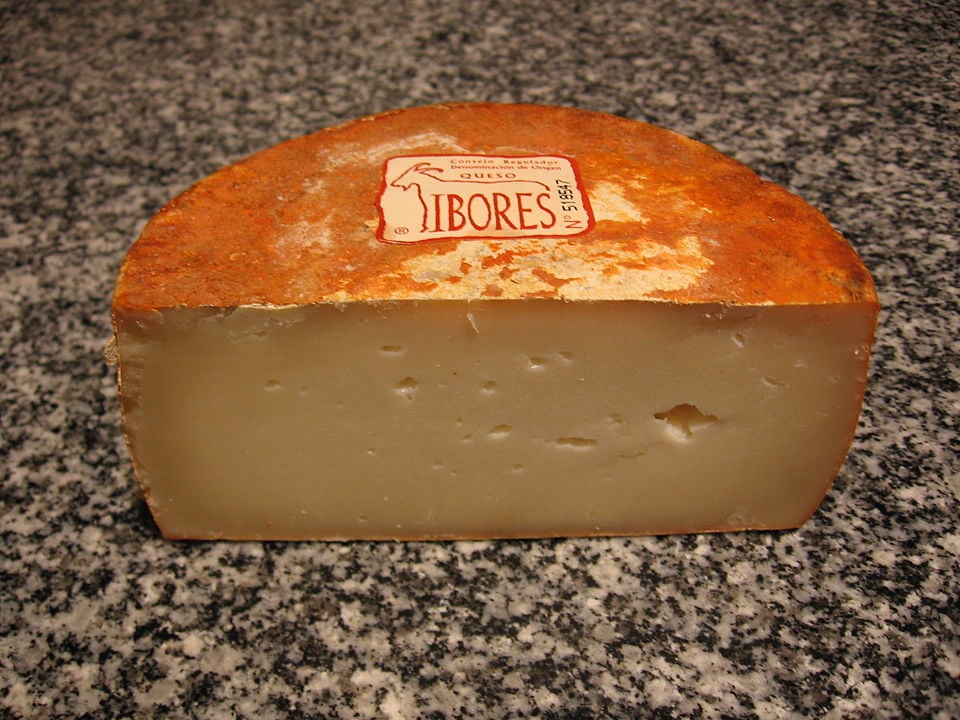
Torta del Casar – Made using traditional techniques and raw sheep’s milk, this is a unique cheese because of its semi-hard exterior and very soft and creamy interior, which you’ll find when you open it up. It’s both aromatic and intense with a slightly bitter aftertaste.
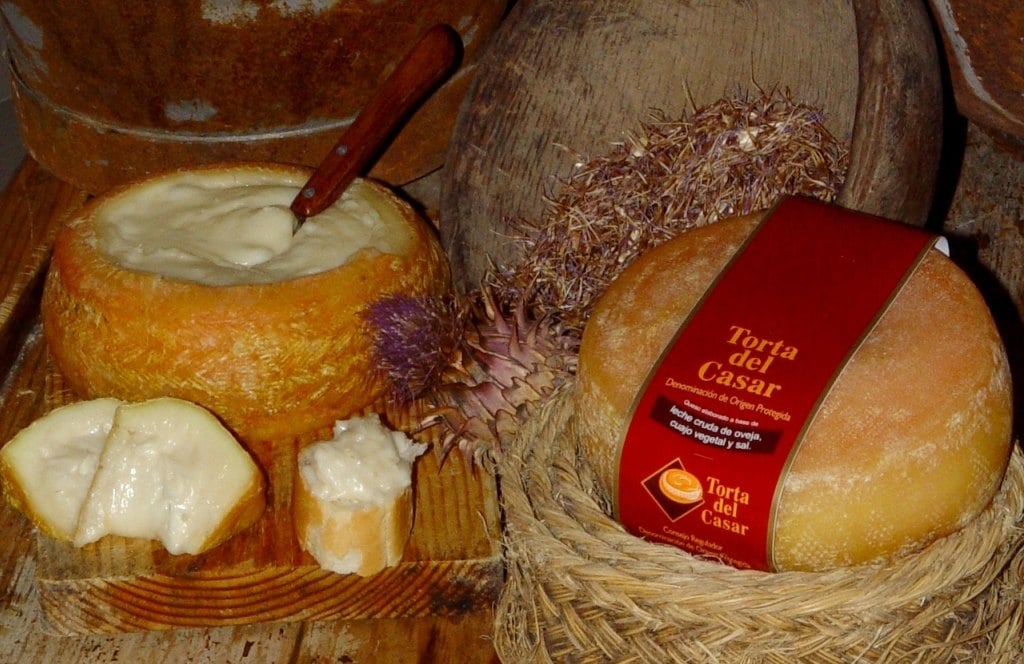
La Serena – La Serena is a cheese made from Merino sheep’s milk and is made in the Extremaduran area of La Serena, from which it’s named. It has a strong, bitter and sharp flavour and is matured for at least 60 days. Fully matured cheeses are soft and creamy and can be scooped out with a spoon.
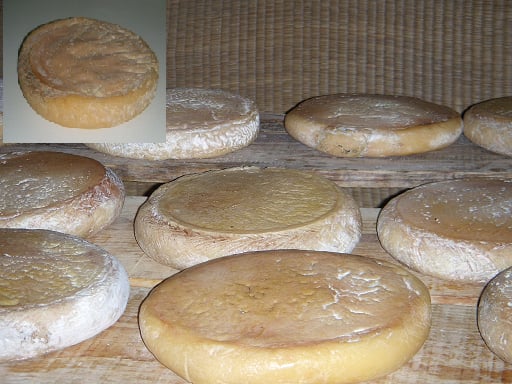
Murcia
Murcia al vino – Lovers of cheese and wine can have both in this unique cheese from Murcia. A very popular cheese, it’s made from unpasteurised goat’s milk from Murcian breeds. The cheese is soaked in red wine during ripening, which gives it a slightly acidic and floral aroma.
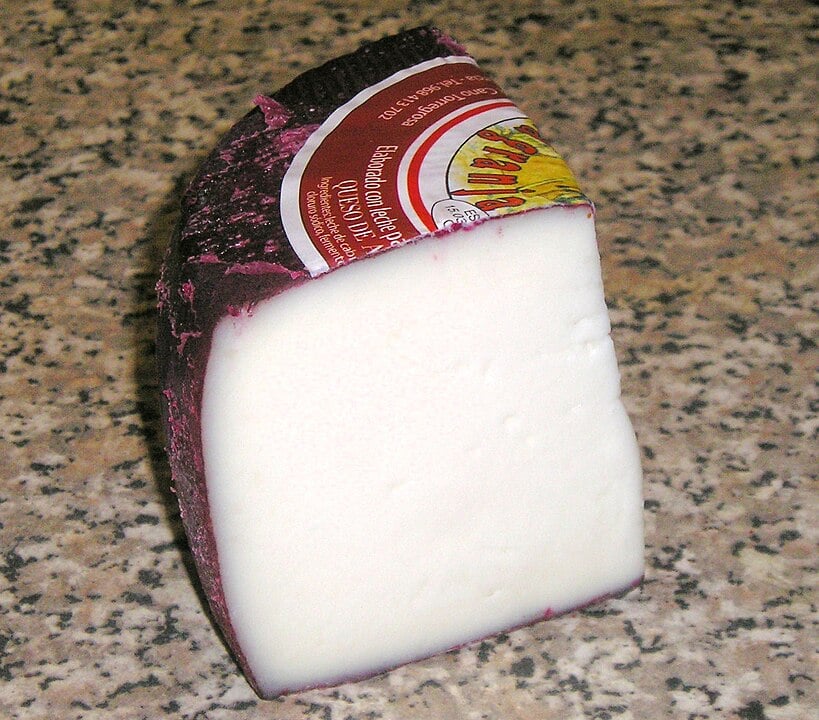
Balearics
Maó or Mahón cheese – From the island of Menorca, this white cheese, made from cow’s milk, is semi-hard. It’s both crumbly and dense with a buttery, salty flavour and is aged for two to three months.
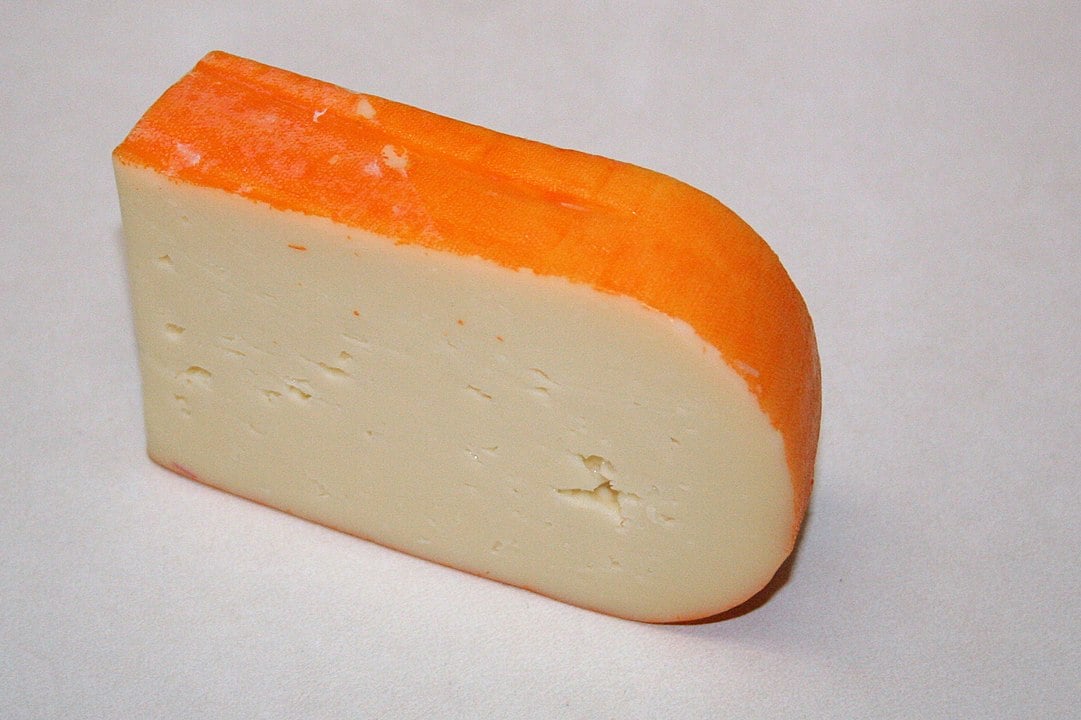
Canary Islands
Palmero – Made on the island of La Palma, Palmero cheese is made from unpasteurised goat’s milk who are allowed to graze year round on wild plants. It’s slightly smoked and has been made on the island for centuries.

Flor de Guía – A cheese from the island of Gran Canaria, it’s made from Canarian sheep milk, with a mixture of cow and goat milk added in. It can either be soft or semi-hard and is curdled using vegetable rennet made from dried flower heads.

Majorero – The first Canary Island cheese to be awarded the designation of origin label, Majorero is from Fuerteventura and is made from the milk of the native island goat. During the ripening process, it’s covered with sea salt, paprika, gofio flour or oil and it has an intensely creamy texture.

READ ALSO – MAP: How well do you know your Spanish cheeses?

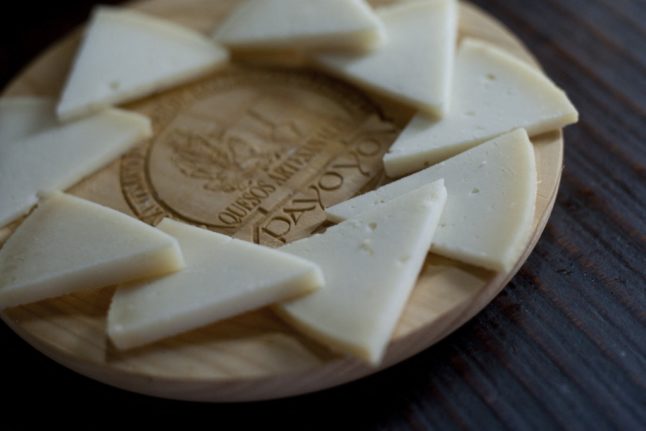

 Please whitelist us to continue reading.
Please whitelist us to continue reading.
Thanks for this. Really interesting, I will try to find them all.
I would like to find a Spanish cheese (or cheeses) which have the same properties as hallumi or the Indian paneer. Both are good for frying with a high melt point.
Any thoughts? and or some historical info would be great